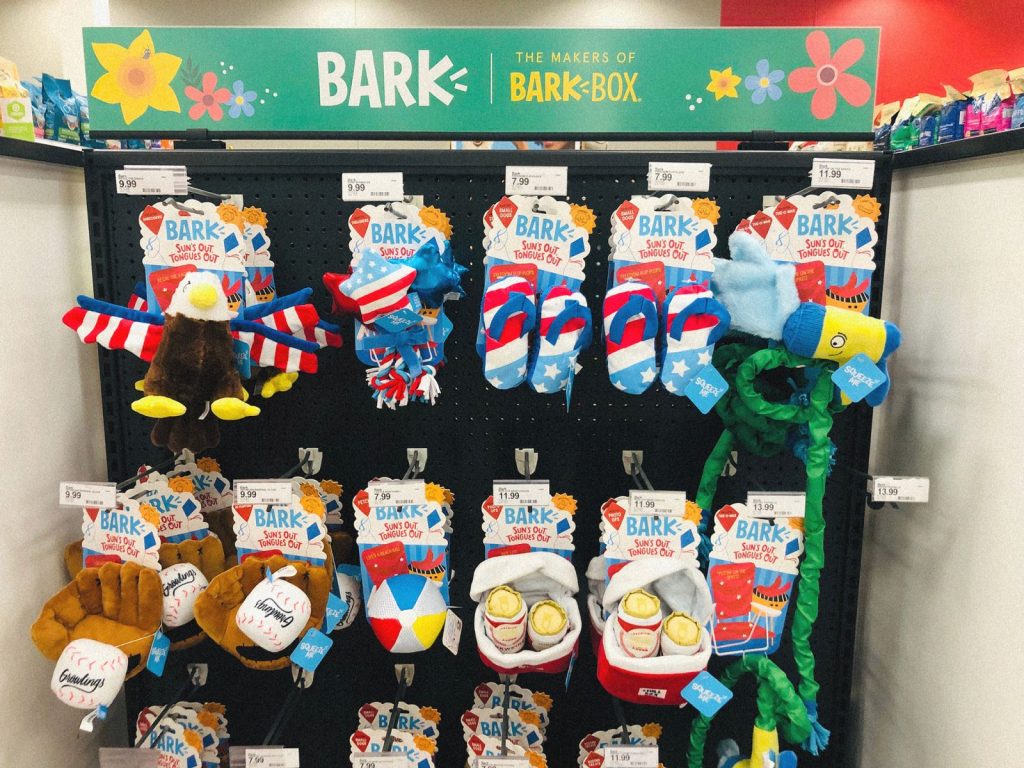Use These Tactics to Advertise Like Chewy.com
DTC brands are known for their clever, original, and on-trend ads. Read what we can learn from the pet product marketing tactics Chewy.com uses to connect with audiences. In a few short years, DTC (or D2C) brands have gone from a novelty to an essential part of the lives of most consumers. Emarketer forecasts that …










